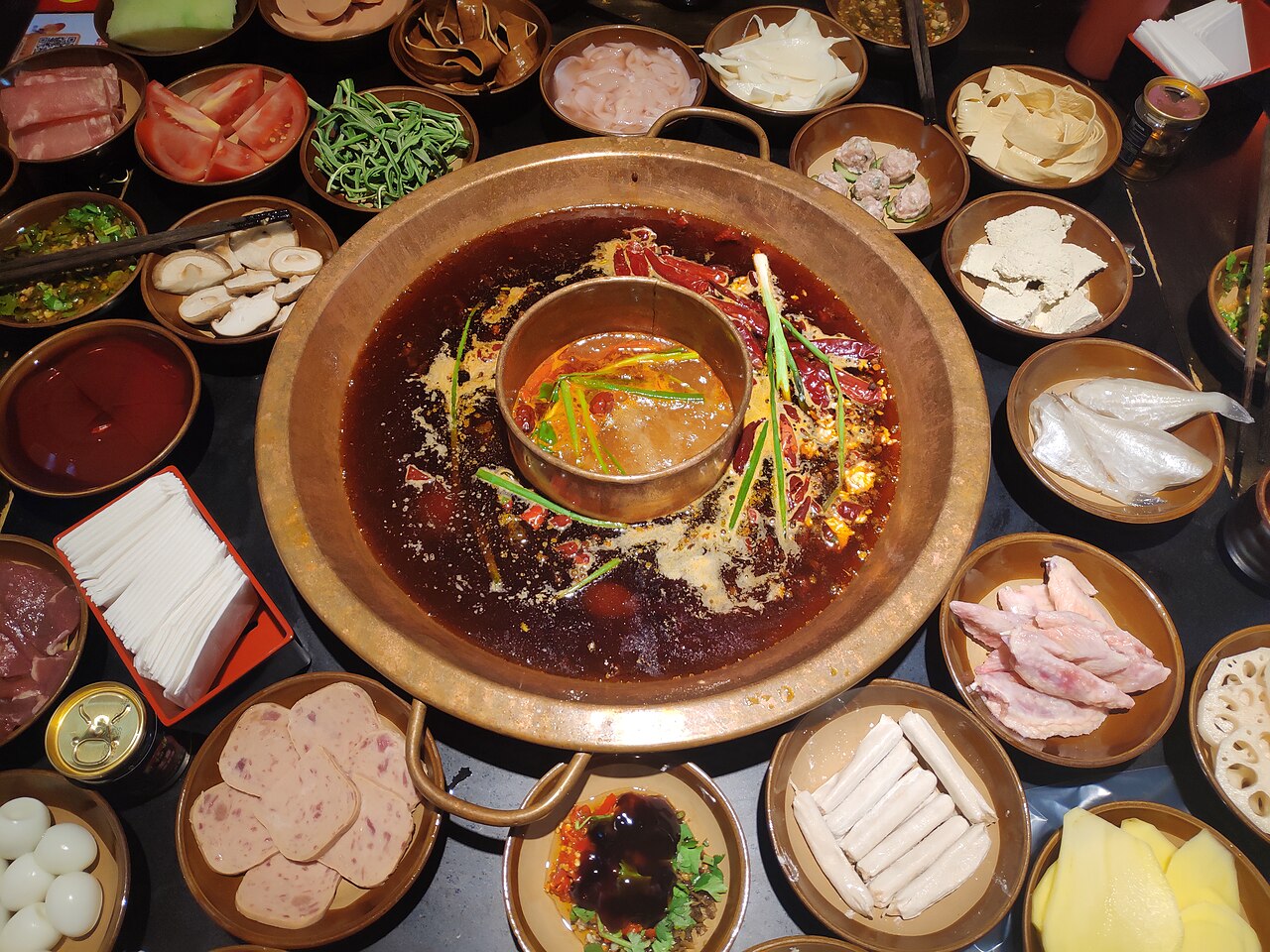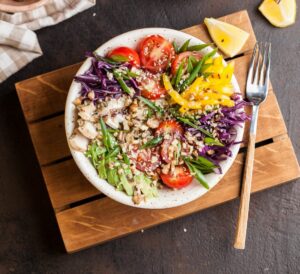Last Updated on October 29, 2025 by Cassandra Gambill | Published: April 16, 2024
Chinese gastronomy is wide and varied, and the capital city of the Netherlands has a considerable variety of worthy spots. Whether you’re a tourist or a local, you’ll want to visit these Chinese restaurants in Amsterdam.
Are you in the mood for moreish dim sum? Spicy Sichuanese cuisine? Comforting Chengdu hotpot? We’ve got you covered when it comes to Chinese restaurants in Amsterdam. And if you’re a connoisseur of the best Indonesian restaurants in Amsterdam, already, you know that the Dutch care about quality.
Despite having a population of less than a million, Amsterdam boasts its very own Chinatown. Spanning most of the Zeedijk and a few of the side roads near Nieuwmarkt, Amsterdam’s Chinatown may be small but it punches well above its weight.
Its upscale restaurants and tiny holes-in-the-wall offer a range of Cantonese, Mandarin, Sichuan, and other Chinese specialties, making it a popular foodie destination with locals and visitors alike. But there are plenty of excellent Chinese restaurants in other neighborhoods, too.
We’ve split this guide into several sections, so you can find exactly the type of regional Chinese cuisine you’re looking for.
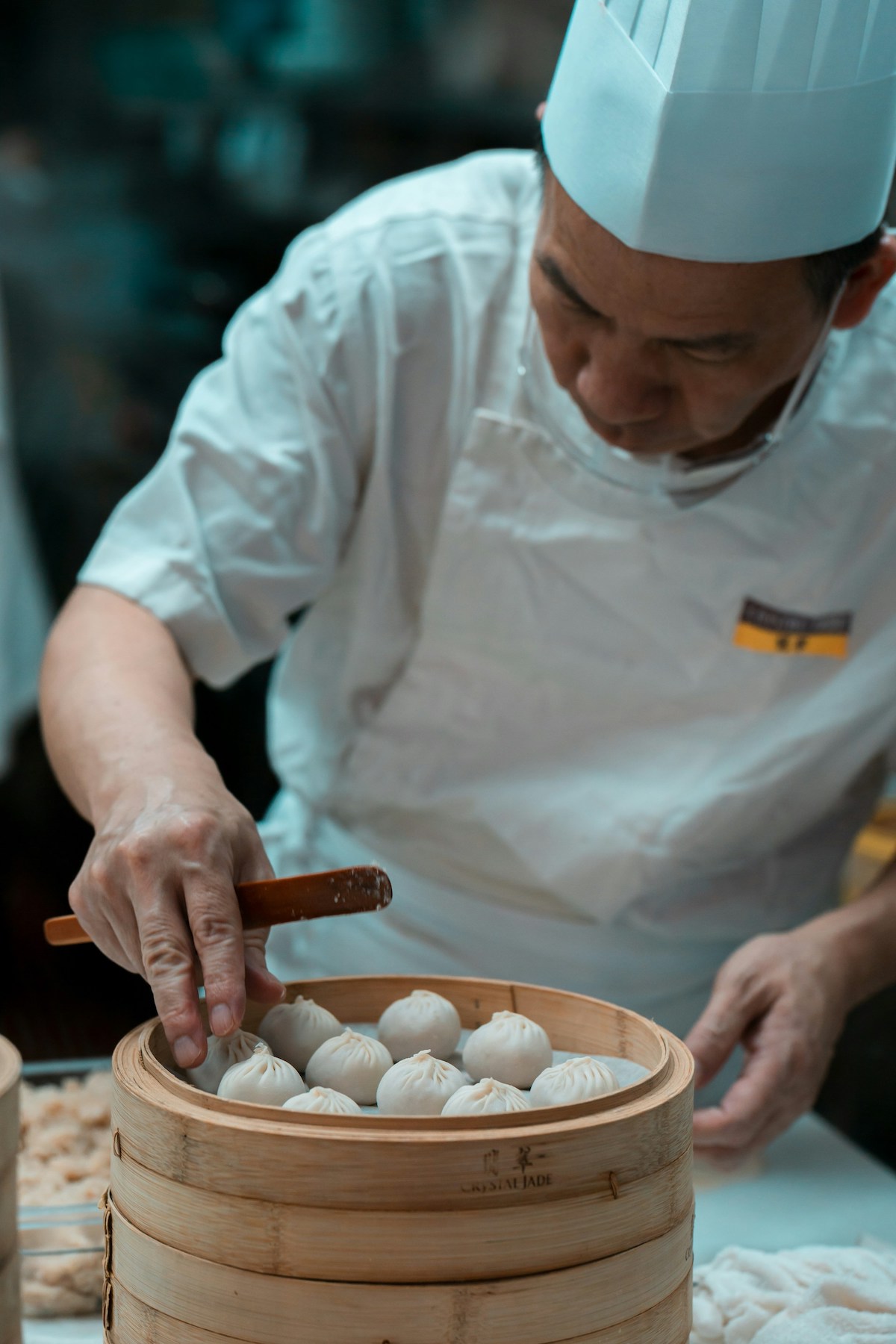
What's Included
Best Cantonese cuisine: Taste of Culture
Cantonese cuisine is arguably the best known of the eight major Chinese cuisines, internationally. It’s the most well represented in Amsterdam, too. Dishes are steamed, stir-fried, or roasted and tend to be milder in flavor than those from other regions (making them more suitable to the Western palate, perhaps).
The most famous Cantonese restaurant in Amsterdam is Nam Kee, which featured in the classic Dutch film “Oysters at Nam Kee’s,” and led to many film aficionados seeking this Chinatown restaurant out. It is one of the most famous Chinese restaurants in Amsterdam.
However, our favorite Cantonese place in Amsterdam, comes from Taste of Culture. It’s a long-standing restaurant known for its Cantonese clay-pot specialties, with rice on the bottom, and various meat options on the top. Its authenticity means you’ll often find the local Chinese population eating there, despite its touristy location just off the Leidseplein.
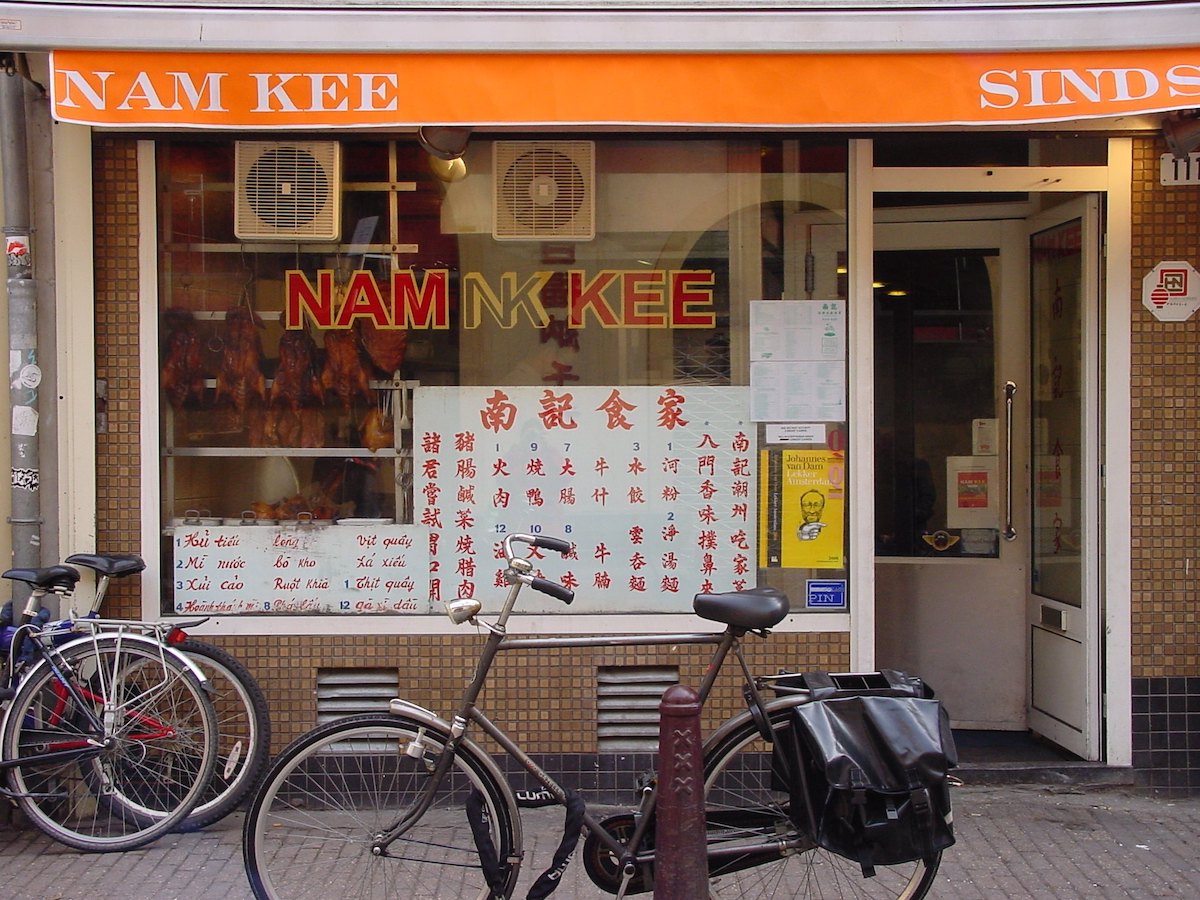
Best Mandarin restaurant: New King
For a taste of Beijing and the north of China, head straight into Chinatown to Mandarin restaurant New King (Zeedijk, 115). It’s fittingly located right opposite the iconic He Hua temple.
Their house special is the popular Peking duck, which is one of the best in Amsterdam. The meat itself tastes like it’s been poached in a stock made from star anise and pak choi, while the skin is roasted until it’s so crisp it could give you a paper cut.
While you’re there, be sure to try the eggplant stuffed with minced pork in a spicy black-bean sauce. Not only is the food fantastic, but New King’s decor is inviting, too: a sleek wooden interior paired with low-slung lighting makes for a romantic atmosphere.
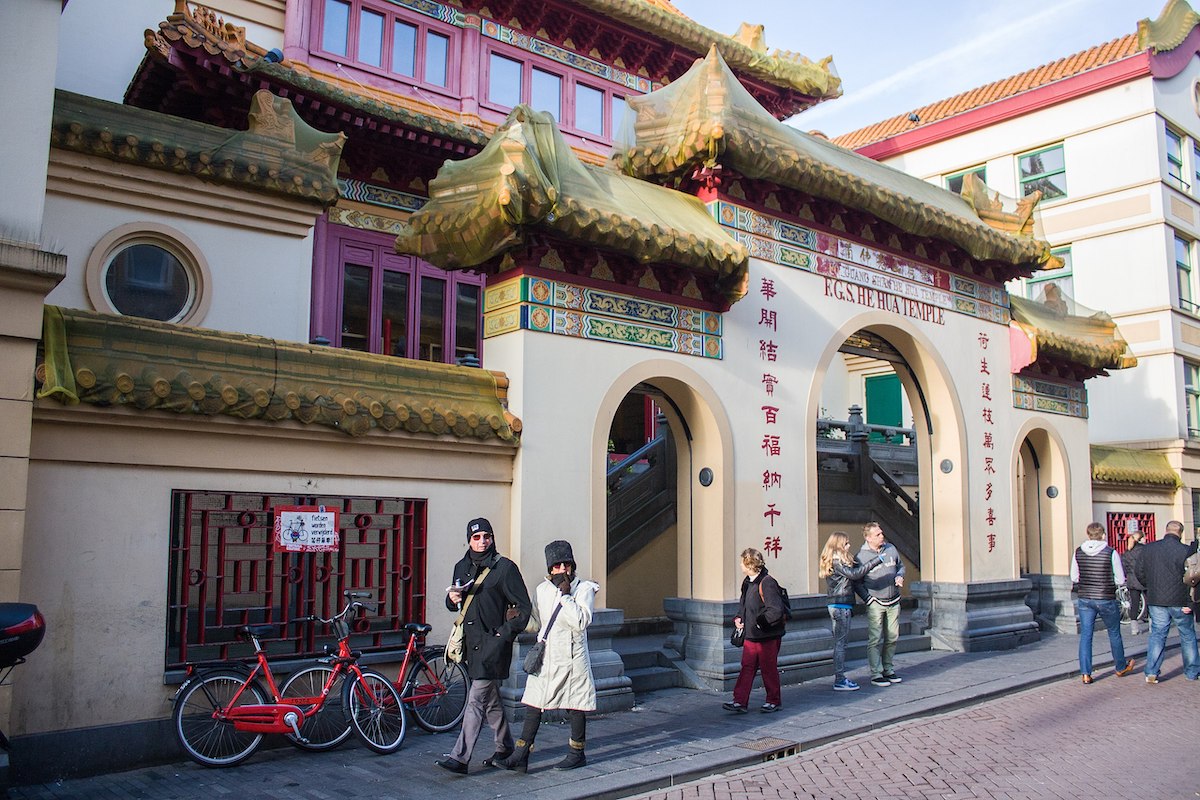
Best dim sum: Oriental City
While dim sum originated in the south China province of Guangdong, it’s now well-known throughout China, and has made its way to Amsterdam, too. Dim sum is a traditional meal made up of small sharing plates, way before small sharing plates were a thing. Usually, people eat them around brunch or lunchtime, accompanied by tea.
Dim sum involves a range of stuffed dumplings, and all sorts of shareable Chinese snacks. It includes, of course fried spring rolls, steamed shrimp cakes, and even sweet dishes. If you have a heavy or a late breakfast in Amsterdam, dim sum might be a great option for you.
One of the most famous and best-loved spots for dim sum in Amsterdam is Oriental City, just south of Chinatown in the Red Light District. Split over several floors and adorned with decorations that transport you straight to the Orient, the restaurant is well-known for its extensive dim sum and tea selection.
There are so many dishes to choose from, your best bet is to focus on those marked “recommended” on the menu, or simply to hand over decision-making to the kitchen.
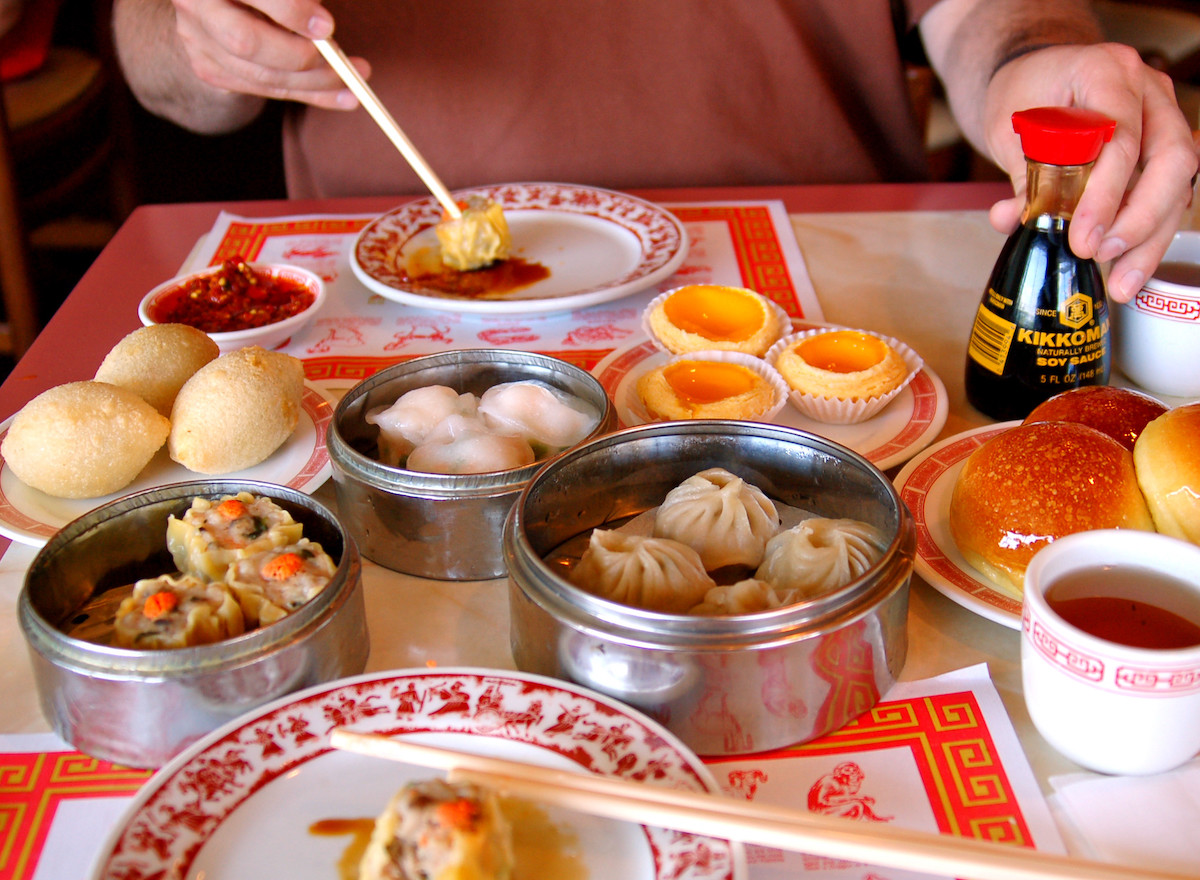
Best Sichuan food: China Sichuan Restaurant
The Sichuan province of China is best known for its bold, punchy, spicy flavors, taking its heat primarily from dried red chilies and Sichuan peppercorns. Think classics like mapo tofu, kung pao chicken and dan dan noodles. As one of the most relevant Chinese restaurants in Amsterdam at the moment, it’s worth a visit.
If you love to feel the burn, look no further than the aptly named China Sichuan Restaurant at Zeedijk, 103. Be careful, though! There are a lot of other similarly named restaurants, so make sure to check you’re heading to the right one. Also, make sure that you’re ready to feel the heat of their spicy food.
Their website even apologizes in advance: “We don’t tailor our food to accommodate anyone. We don’t serve European-style Chinese dishes. The only thing we have to offer is 100% authentic Sichuan cuisine.” Having tasted their striking yet silky mapo tofu, and wonderfully named “ants on trees” (a spicy combination of minced pork, glass noodles, spring onions, and seaweed), we couldn’t agree more.
If you’re looking for something more European, you may want to visit the best restaurants in Amsterdam.
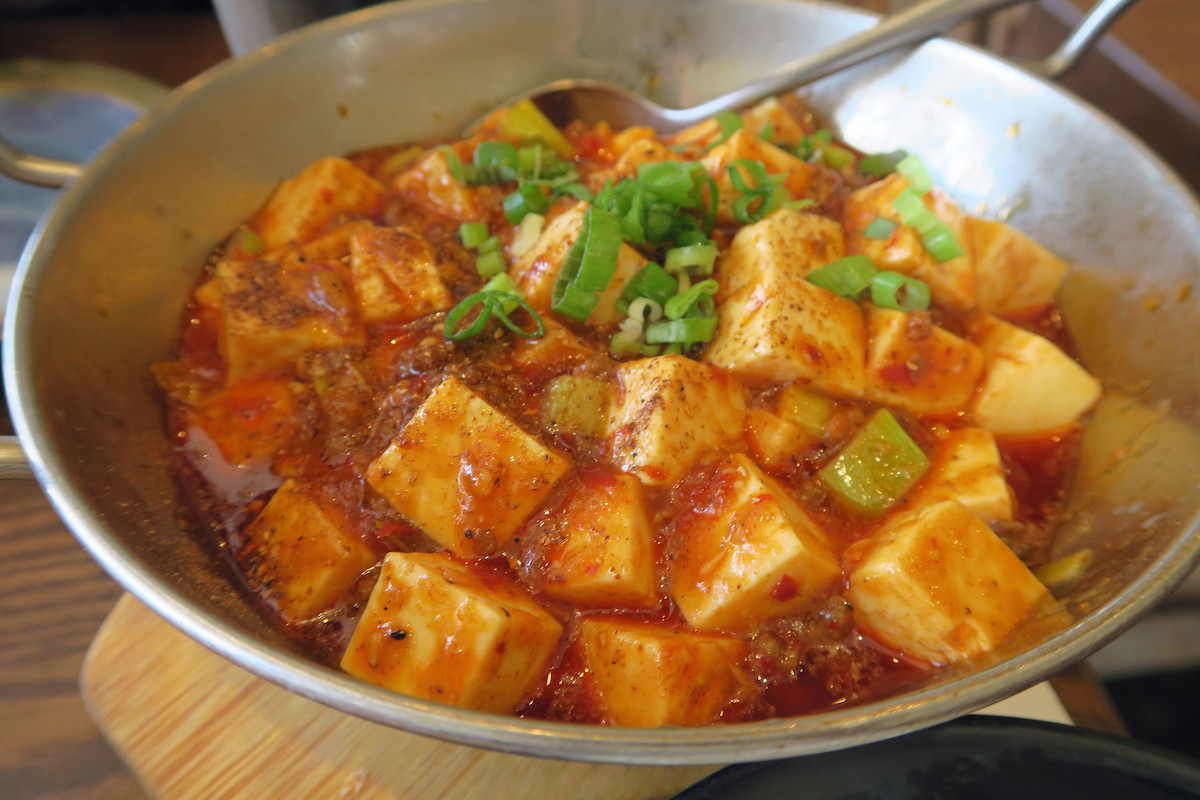
Best Chengdu-style hotpot: Yuan’s Hot Pot
During the chilly winter months (or really any month, as far as we’re concerned!), there’s nothing better than gathering a group of friends around a steaming pot of broth to warm the heart–and the stomach. Especially when that broth is laced with hot and peppery chilies.
With three locations in the city, Yuan’s Hot Pot is a favorite among Amsterdammers for its authentic fare, good value, and communal dining experience.
First, you select your broth. There are two to choose from. They’re made using a secret family recipe that’s been handed down over generations, which you can make as spicy (or as mild) as you like. If you can’t decide, don’t worry: there’s a half-and-half option as well.
Next, you order an assortment of skewers, which you cook at the table yourself by dipping them into the broth for as long as it takes. There are dozens to choose from, including meat, fish, veggies, and bean-based specialties. Some are marinated in a mouth-numbing blend of Sichuan spices, others are simply raw.
Finally, you create your own dipping sauce from the variety of condiments on offer. It’s an interactive, unmissable dining experience.
